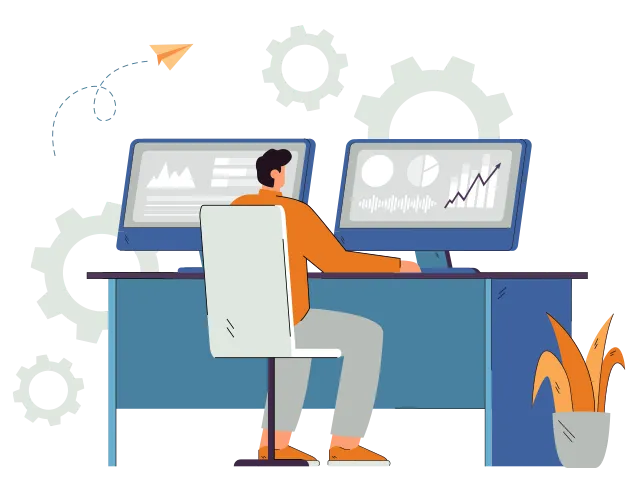
Why is HL7 important and how it works?
HL7 is important because it is the standard for exchanging health information electronically. This means that all healthcare organizations and healthcare clinics that use electronic health records (EHRs) must use HL7 in order to exchange patient information.
Our two major components of the HL7 tool kits are HL7 message encoder/decoder and HL7 message communicator.
Message Encoder / Decoder
Inclusive of various messages handling, parsing, filtering, encoding, and decoding. It also helps to translate the messages.
Communicator
Transmission and receiving of HL7 Message packets are done through network communication by the Communicators.
Platform
Built-in Servers and APIs use profiles from the libraries and exposed API’s to consume applications.






